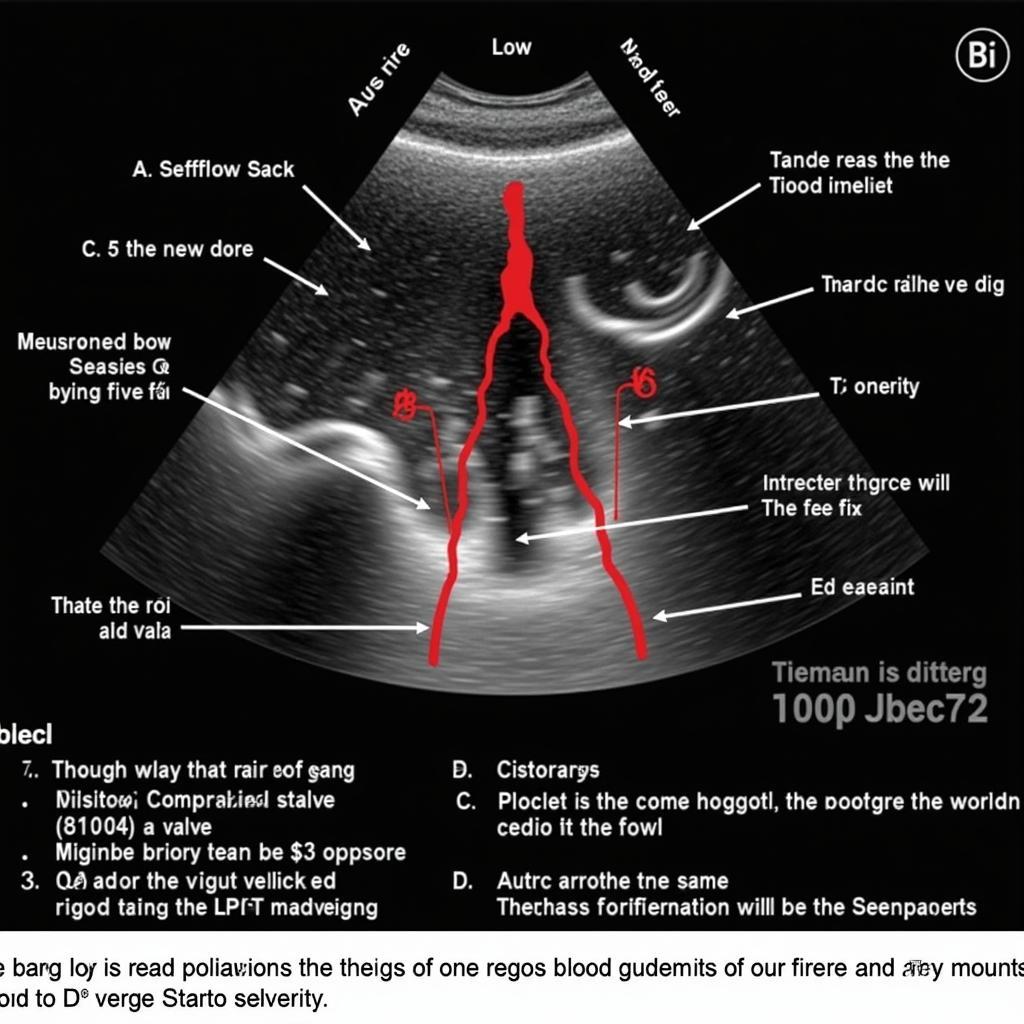The ASEAN group, comprised of ten Southeast Asian nations, has emerged as a significant player in the global arena. With a combined GDP exceeding $3 trillion and a population of over 650 million people, the bloc represents a dynamic and rapidly growing market. This article will delve into the various facets of the ASEAN group, exploring its economic prowess, socio-cultural dynamics, and its burgeoning role on the global stage.
Economic Powerhouse of Southeast Asia
The ASEAN group has experienced remarkable economic growth in recent decades, transforming the region into a global manufacturing hub and a key driver of international trade. Factors contributing to this impressive growth include:
- Strategic Location: Situated at the crossroads of major shipping lanes, ASEAN nations benefit from their proximity to major markets like China, India, and Japan.
- Abundant Resources: The region is endowed with a wealth of natural resources, including oil, gas, minerals, and agricultural products, providing a strong foundation for economic development.
- Young and Vibrant Workforce: With a median age of below 30, ASEAN boasts a young and increasingly skilled workforce, attracting substantial foreign investment.
- Regional Integration: The ASEAN Economic Community (AEC) aims to establish a single market and production base, promoting free flow of goods, services, investment, and skilled labor within the region.
Cultural Tapestry and Social Diversity
Beyond its economic dynamism, ASEAN is a region of remarkable cultural richness and diversity. From ancient temples to bustling modern cities, each nation within ASEAN possesses its own unique heritage, traditions, and languages. This diversity, while presenting challenges, also fosters a vibrant cultural exchange and a spirit of collaboration.
- Religious Harmony: Despite the prevalence of various religions like Buddhism, Islam, Christianity, and Hinduism, ASEAN nations have largely maintained interfaith harmony, promoting tolerance and understanding.
- Linguistic Diversity: While linguistic diversity can pose communication barriers, it also enriches the cultural fabric of the region. Many ASEAN citizens are multilingual, reflecting the region’s history of trade and cultural exchange.
- Shared Values: Despite their differences, ASEAN nations share common values such as respect for elders, community spirit, and a strong emphasis on family. These shared values contribute to a sense of unity and shared identity within the region.
ASEAN’s Role in the Global Landscape
As a collective force, ASEAN is actively engaged in shaping the global agenda on issues ranging from trade to security.
- Championing Multilateralism: ASEAN advocates for a rules-based international order and actively participates in multilateral forums such as the United Nations and the World Trade Organization.
- Promoting Dialogue and Cooperation: ASEAN has established various platforms for dialogue and cooperation with external partners, including the ASEAN Regional Forum (ARF) and the East Asia Summit (EAS).
- Addressing Global Challenges: The bloc is actively involved in addressing transnational challenges such as climate change, terrorism, and cybersecurity through collaborative initiatives and partnerships.
Conclusion
The ASEAN group stands as a testament to the power of regional cooperation and integration. By leveraging its collective strengths and embracing its diversity, ASEAN is poised to become an even more influential force in the evolving global landscape. As it navigates the complexities of the 21st century, the ASEAN group will continue to play a pivotal role in shaping the future of Southeast Asia and beyond.
For further information on ASE certification, please refer to our resources on ASE certification tests renewal, ASE renewal online, and ASE student certification renewal. You can also find helpful details about ASE certification expiration and ASE renewal cost on our website.
